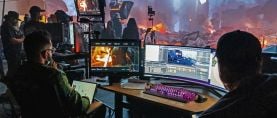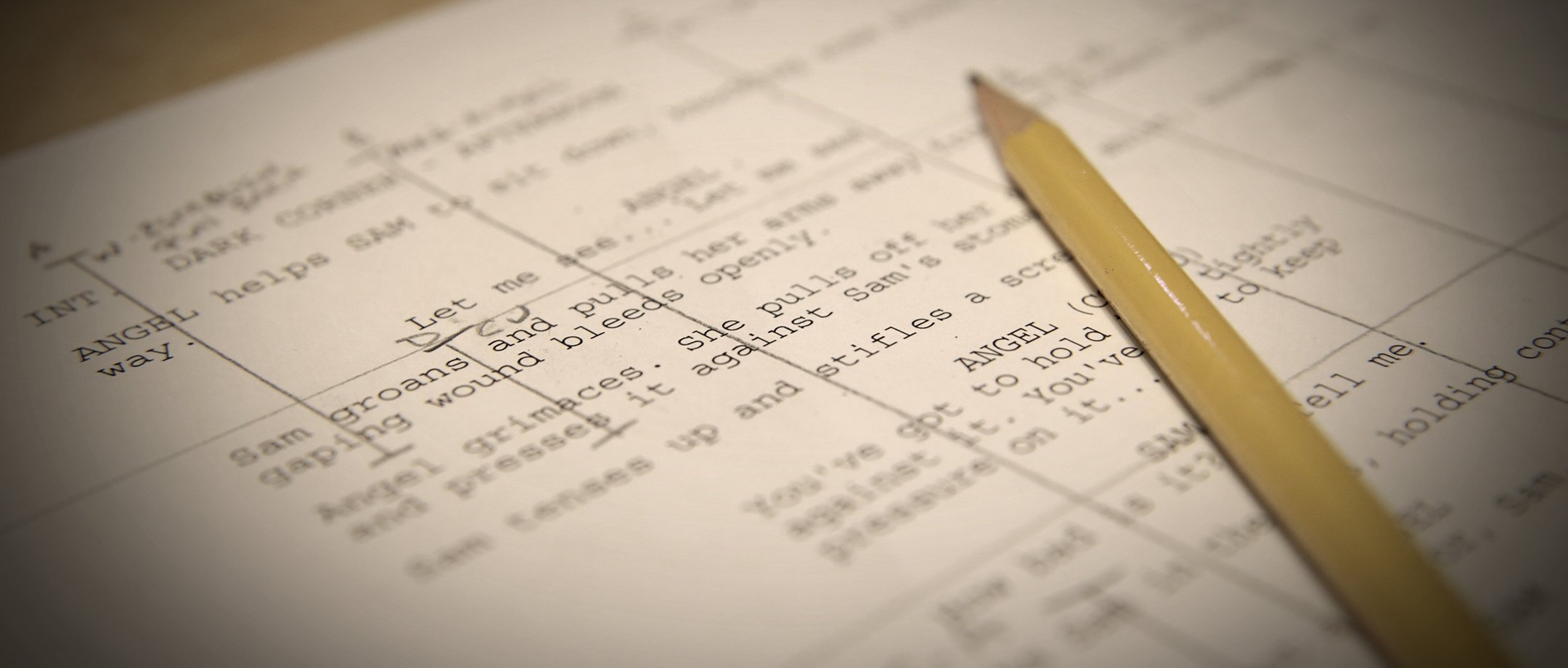
Shot Craft: Analyzing a Script
Many cinematographers will testify that they try not to visualize the script on the first read. Instead, they will distill the script to the essence or heart of the story.
Cinematography is visual storytelling — it’s about conveying emotion and meaning in the imagery. To that end, it’s all about what helps to tell the story in any given moment and express a certain feeling to the audience.
When filmmakers first read a script, they will want to identify the main characters, their objectives, and if they achieve them or not. Many cinematographers will testify that they try not to visualize the script on the first read. Instead, they will distill the script to the essence or heart of the story. A cinematographer may make notes about genre (as that will set a particular tone for the visual approach), time period, and any major visual rules set by the script (i.e., it’s on an alien planet where the light is always red, or in a post-apocalyptic world where there’s always a thick cloud of poison atmosphere and never direct sunlight). Finally, a filmmaker will want to note a story’s point of view. Sometimes it’s omniscient — a third-person, all-seeing and all-knowing viewpoint — but often a story is told mostly through the experiences of one character the audience will most likely empathize with. Understanding point of view will inform many choices a cinematographer can make.
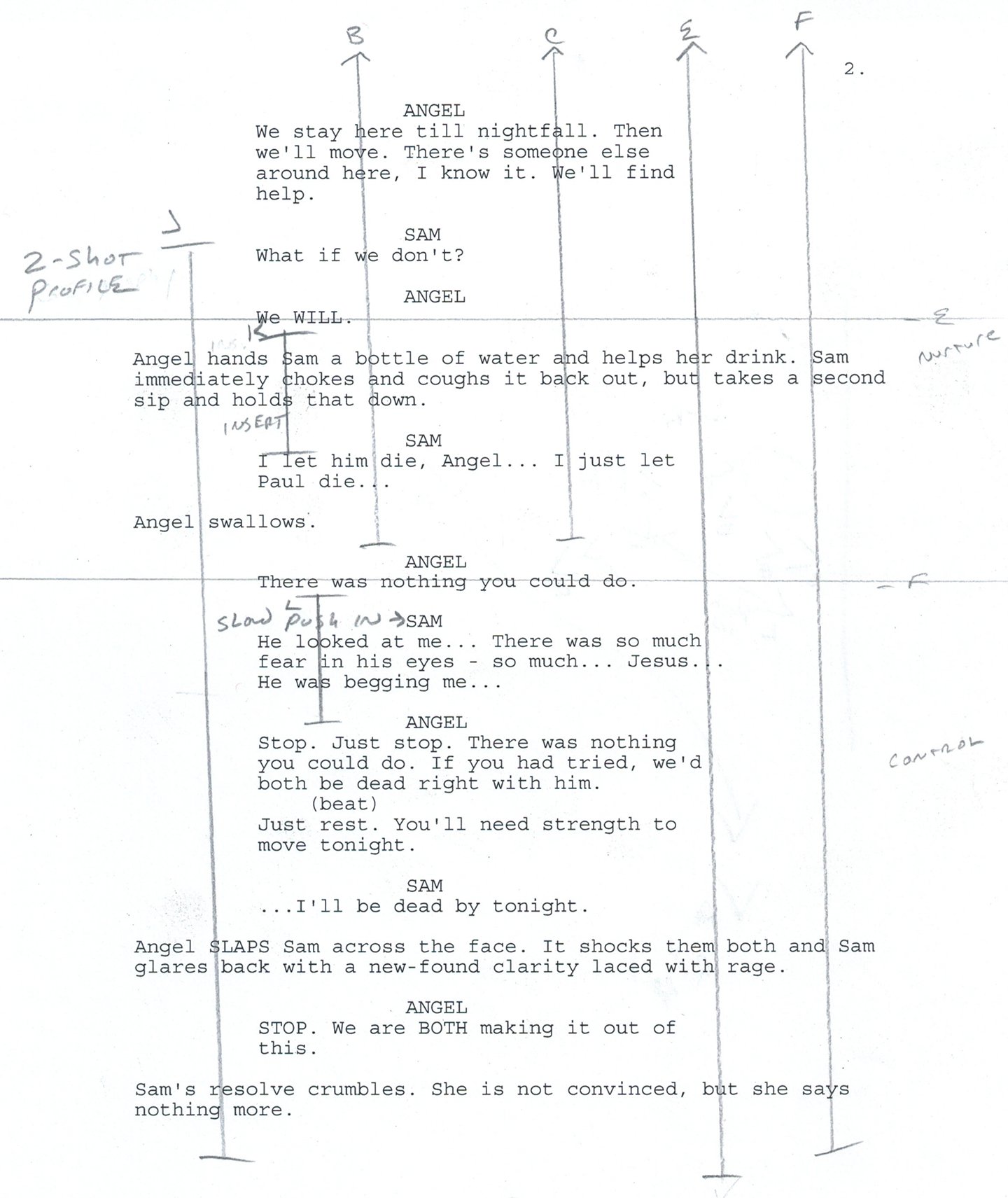
A More Detailed Pass
A second read of a script is typically where filmmakers will take more detailed notes and approaches to each scene. For example, in a scene with a character after a funeral of a loved one, a cinematographer might note, “moody, cool tones, feels depressing,” and decide to play into the sadness.
In a scene where a man meets the love of his life, one could note, “bright, almost blinding-hot flares that make it hard for him to see her,” and decide to make the love interest backlit to force the man to squint and struggle to see her clearly — he’s literally blinded by her beauty.
In a scene where the hero is stalked by the antagonist, one could note, “dark shadows, hard light, wide compositions with a lot of negative space,” to emphasize that the character is alone and afraid.
By the time you get to the end of the second read, you’ll likely develop strong thoughts that can inform aspect ratio, overall lighting approach, color palette, specialized lenses, or camera support. Maybe you get a strong feeling that the second half of the movie should be handheld to reflect the frantic emotional breakdown that is coming for the lead character. There are no right or wrong thoughts here, and sometimes notes can even be contradictory, but it is important to get them down on paper. These thoughts can be refined on third and fourth reads and can be beneficial before or after the initial conversation with the director.
Lookbook
A critical tool for any filmmaker is a lookbook, and many cinematographers will make one before meeting with a director. A lookbook will contain a collection of images that help convey thoughts of composition, color, light quality, mood, and any combination thereof. The process helps to solidify your thoughts and communicate them visually.
Scene-by-Scene Breakdown
When it comes to how I personally approach each scene in my work, my background as an actor and director are major influences. Many actors break down a scene into “beats and measures,” like a musician. Generally, each character in the scene has an objective, and they have techniques they use to try to achieve what they want. A character may switch tactics multiple times in any given scene, and each of these attempts is an individual beat. A cinematographer will also look for these beats and measures because they inform how the character is feeling and how to possibly approach the scene. For example, I’ll make marks in the script’s margin where I feel the beat changes happen, and draw a horizontal line across the scene. These notes may inform a change in camera operation/movement or lens selection, or motivate a lighting cue, or inspire a combination of these decisions.
The next step is to “line” the script, which is literally drawing lines through the action and dialogue that represent an individual shot. This is something most directors will do, but it’s always a good idea to have your own concept of how to approach the scene. For example, if I look at a scene and know that I’m going to need a wide master for the entire scene, I will draw a long vertical line through all of the action and dialogue of that scene and label it “A – Wide Master.” I know that I need a medium shot of the main actor for the first part of the scene, so I’ll draw a second vertical line through about half of the scene and label it “B – Med on 1.” If there’s a switch in beats halfway through the scene, and I know that I want to be closer to the main actor on a wide lens to get more intimate with his growing emotion, I’ll do something else: starting about halfway into the scene at the spot where I’ve indicated the beat change, I’ll draw a new vertical line through action and dialogue that represents that coverage and label it “C – Close wide lens on 1.” This is noting how I visualize the scene in my head and what shots are important to tell the individual story. From here, it’s easy to make a shot list by simply writing down all of the individual shots and then discussing them with the director.
Additional Visual-Communication Tools
There are two major types of thumbnail sketches that are frequently interchanged. The first is a rough storyboard, which communicates the final framing. The second is an overhead sketch, which is sometimes called a director’s plan or bird’s eye. This is a sketch of the set or location noting actor positions, camera positions, and anything else that’s important to add (dolly track, lighting, etc.). These sketches are very useful to your key crew (operator, key grip, gaffer), as well as the ADs, because they show what is required for each shot.
As you go through this process, more and more details will become apparent, such as identifying the shots that require special tools — Steadicam, handheld stabilizer, dolly, crane, drone, etc. — and you’ll start to visualize your daily requirements in more significant detail. You might also start to formulate an overall plan dictating that the look of the film may change as the story evolves. Making these notes on the script will help you maintain this idea as you go into production.
All of these notes need to be discussed with the director. If you’re not on the same page, you may argue and defend a particular idea, but remember, it’s your job to bring the director’s vision to life. If you’re really at odds creatively, then this might not be the right project or partnership for you — it happens.
Start With a Blank Slate
By Todd A. Dos Reis, ASC
In my initial read of a script, I approach the material as if I am just a reader, experiencing the story for the first time, freeing myself from all production thoughts. In my second pass, I read the script as the DP, with context and subtext in my mind. I will ask myself, “What does each scene mean? How does the piece make me feel? How does each scene fit into the totality of the script?” After meeting with the director, I go through the script a third time and attempt to synthesize all of the director’s thoughts so that we start with a plan on paper to get their vision on the screen.
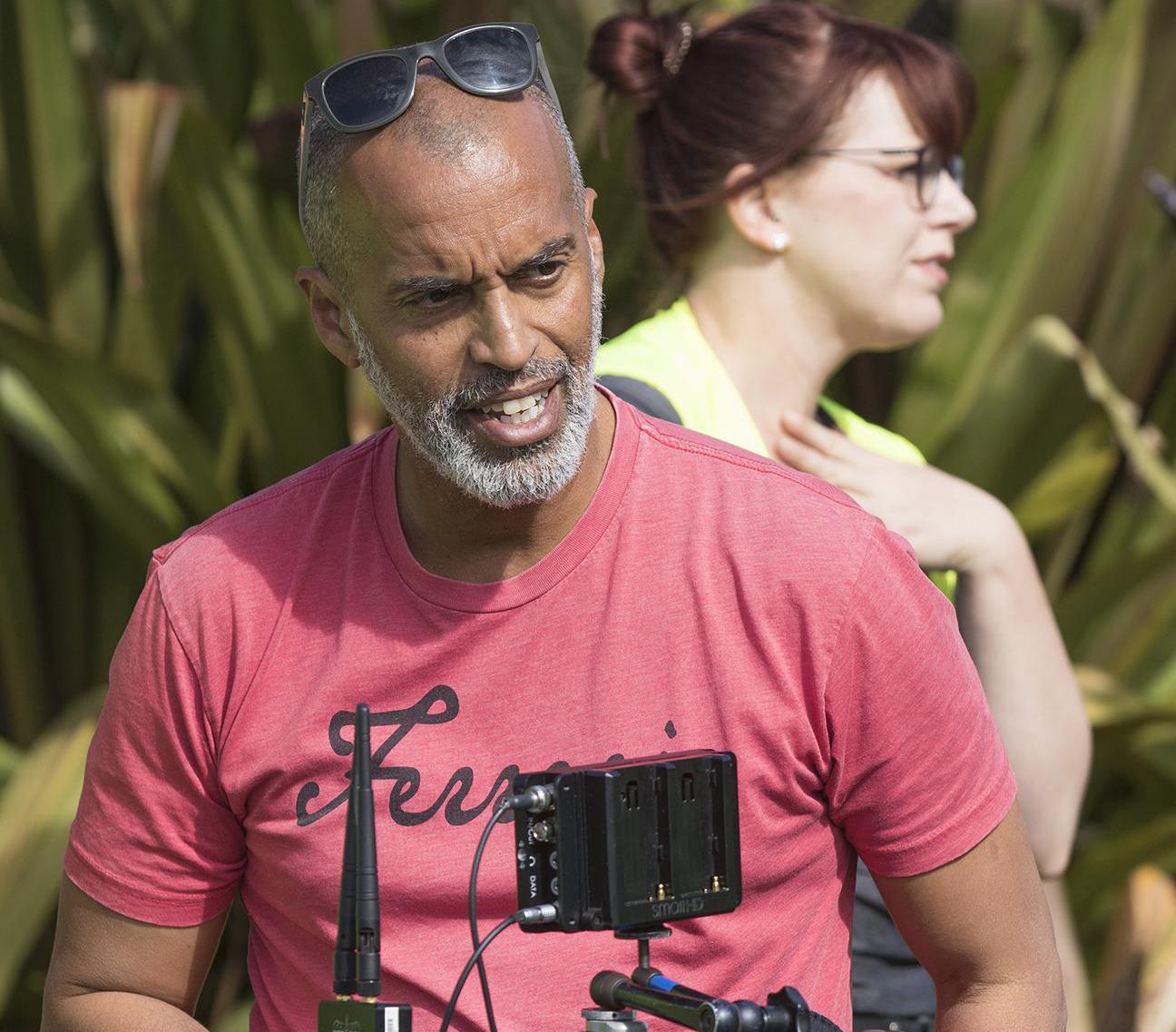
For me, the only way to get into the director’s head is to spend as much time as I can with them. I like to start with visual references the director has in mind — films, photography books, paintings, etc. I see my job as translating the director’s ideas into a visual language that can transfer the script onto the screen. A lookbook is a must, and it has become increasingly easy to create one with the development of Lawrence Sher [ASC]’s [screen-image database], Shotdeck. Through our communication, I develop a set of principles that will either carry a film to fruition or carry a TV series through many seasons.
Words First, Images Later
By Greig Fraser, ASC, ACS
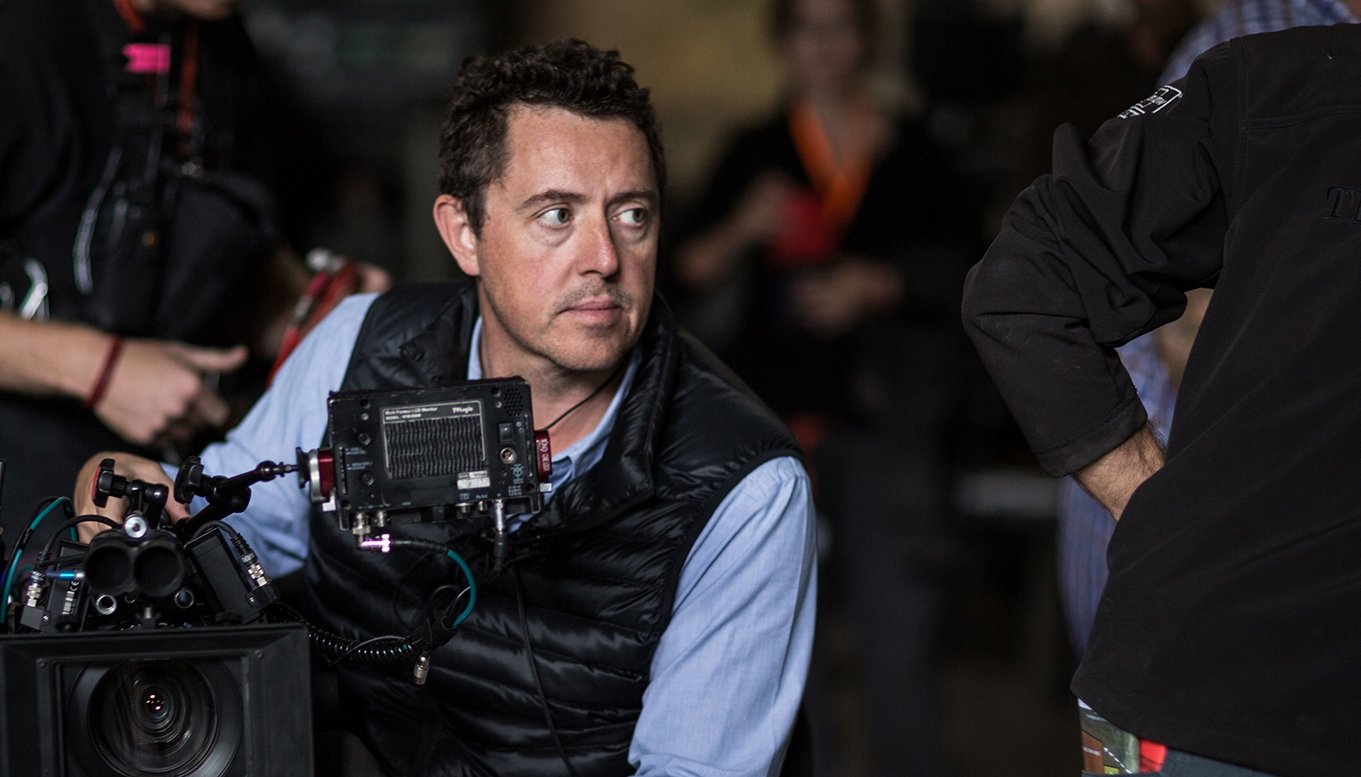
When I first read a script, I try to read it with the least amount of visual imagery in mind — impossible most of the time. I hate to try to create the visual spine of the film during the first read. Once I’ve discussed the script with the director and heard what visual ideas they have and the direction they want to take it, I read it again with an eye to the cinematography. Of course, I have ideas initially, but they are half-formed and malleable. Rarely do I find myself in a situation where the director’s ideas and my half-formed ideas are so far apart that I need to say no to the job.
Exchanging Ideas
By Paul Cameron, ASC
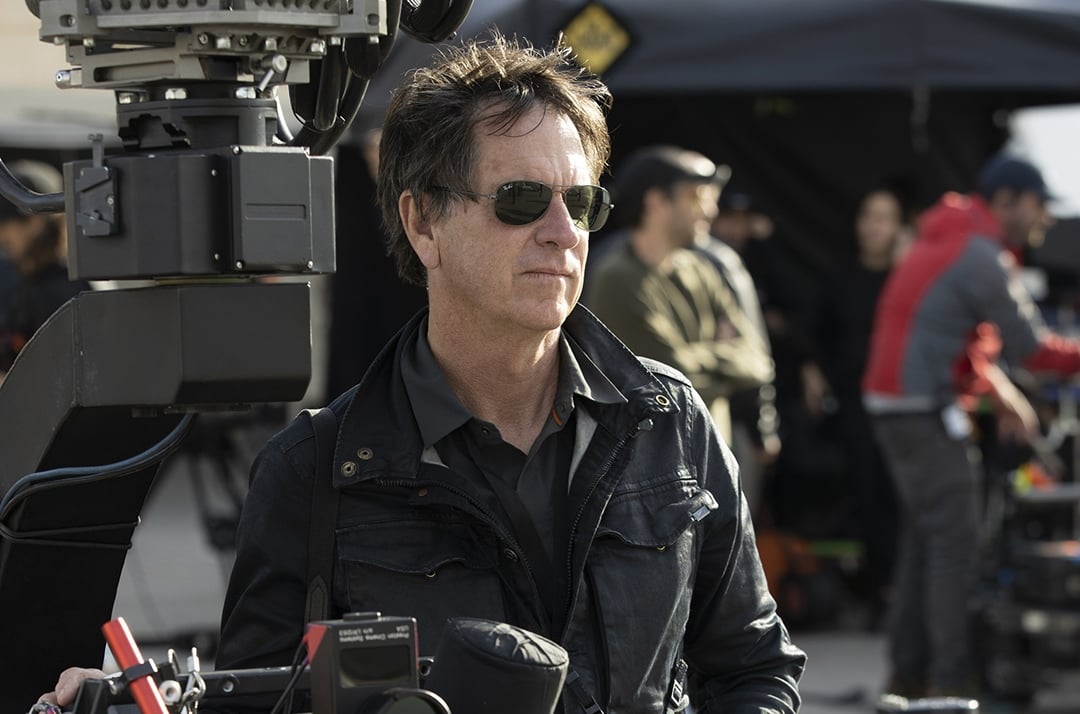
First pass I read for story and the point of view of the characters. It’s ideal to speak with the director soon after and start exchanging ideas. I start pulling and manipulating images along with basic notes. It’s elliptical. I make some key visual reference panels, oftentimes with overlays, until I exhaust myself. Then I focus on the process of visualizing the film with the director. Hopefully, by then the collaboration begins with the production designer and VFX supervisor.
Clicking With the Script
By Polly Morgan, ASC, BSC
The first time I read a script, it’s always for story. I ask myself, “Do I connect with the material? Does it resonate with me? How does it make me feel? Am I interested in dedicating months of my life to helping tell the story?” If the answer is yes, then I read it a few more times in preparation to meet and talk it over with the director. At this stage, I make notes on what visual tools I feel would be appropriate to bring the script to life, how I see it in visual terms, and how I would use the tools to execute it. I pull references to convey the tone to the director for lighting, color and framing.
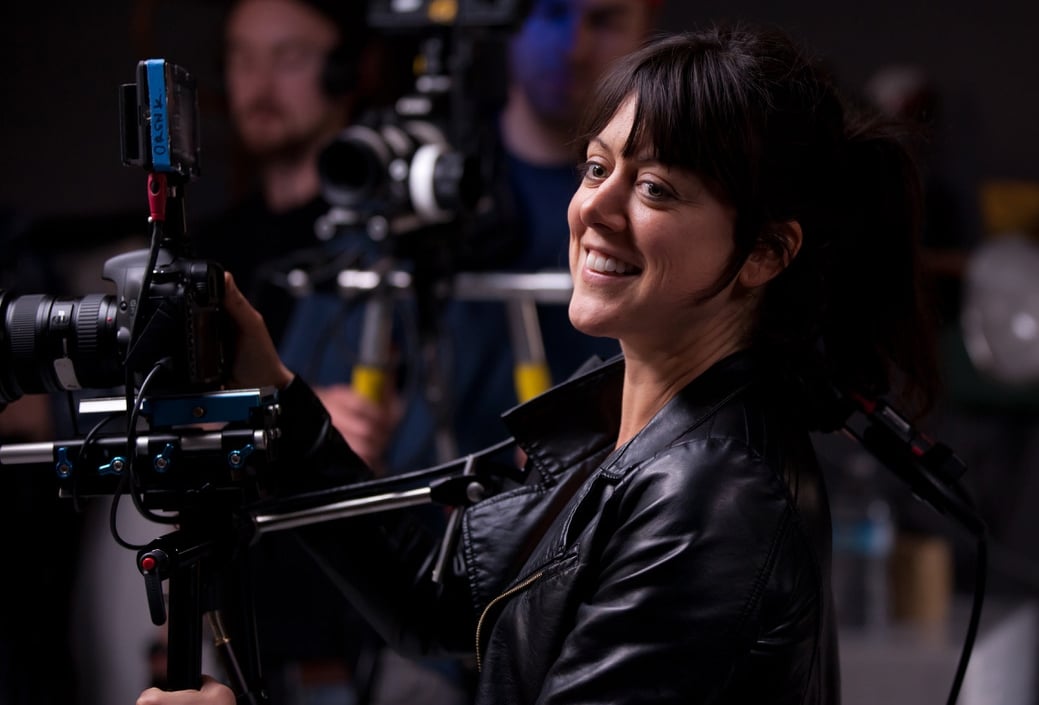
Once I get hired on a production, I continue breaking the script down in more detail. I usually make a master document that breaks down each scene relating to each department. For example, each scene number will be broken down by color-coordinated departments, and their anticipated impact on the visuals. I can then make notes on the script in that color so I know at a glance what my notes on the script relate to. It will look like this:
- Camera
Shot lists/design
Tools needed to create the given shots (special lenses, filtration, heads and grip) - SFX
Rain, atmosphere, wind, etc. - VFX
Greenscreen/previs - Lighting
Approach
Tools needed to create lighting approach - Color
Light/design/costume - Time of day/scheduling
I will keep expanding on this document so it becomes my bible on how the movie will look. For some projects it will also contain overheads, storyboards, references and such. As the document grows, the approach gets imprinted on my brain, so at a certain point I don’t need to look at it anymore. However, when I’m deep in the middle of a long shoot and my brain is fried, it’s great to be able to pull it out to review the day’s scenes and the absolute approach from all departments. It’s a helpful way to prep with the AD and plan the execution of the movie — and a wonderful reminder of the project once you’ve wrapped and moved on.
Story, Structure and More
By M. David Mullen, ASC
I first read the script straight through without trying too hard to visualize it, to get a sense of the overall story. Then I think about visual structure — stories can fall into certain designs, like an A-to-B journey, or perhaps a conflict between the world of A versus the world of B (of course, there may be more than two characters or worlds that they occupy).
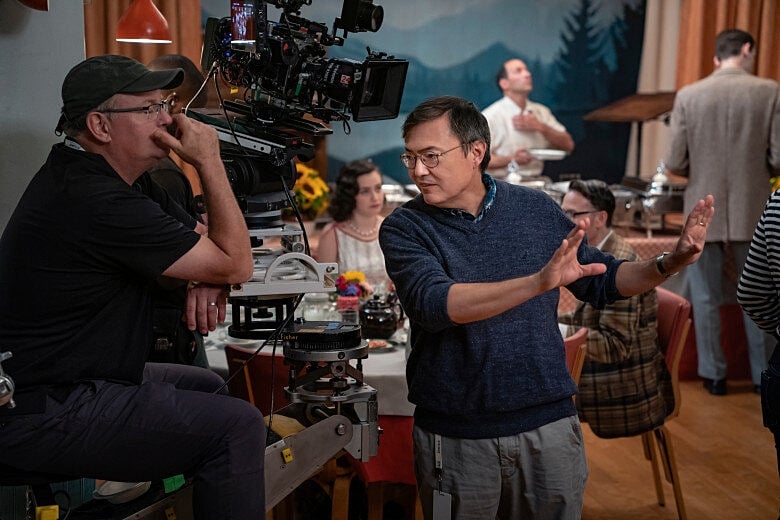
I also try to decide whether the story would be better told in a subjective style, where we only see what the main character sees and experience everything through him or her, or a more objective style, where we maintain some distance in order to see societal or institutional structures more clearly. All of these approaches are a bit simplistic (few movies are entirely only subjective or objective), but start with broad strokes and come up with a simple visual concept — because in the course of making the film, things develop more flavors and, to some degree, the idea gets watered down (or, to put it more positively, becomes more subtle). All of these questions that I ask myself, I also ask the director.
If the film is an A-to-B journey, then it helps to first decide where you want to end up in order to figure out how you want to begin. For example, some horror films fall into a structure of starting out in Naturalism and ending up in Expressionism. But do you want to begin with a happy, sunny mood that devolves into a dark nightmare? Or do you want to maintain a mood of dread? There are no right or wrong answers. Some choices come down to the particular story, but also the taste of every creative person involved.
Once the broad approach is decided, I start breaking down the script into specific tones, colors, moods, and find visual references for inspiration.

